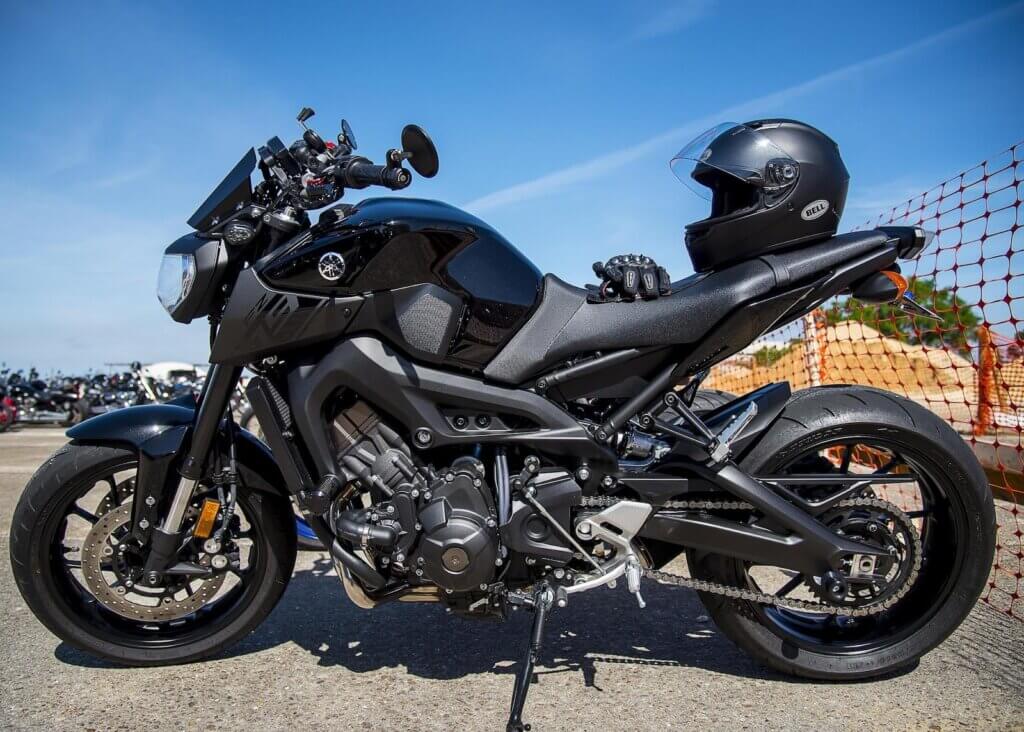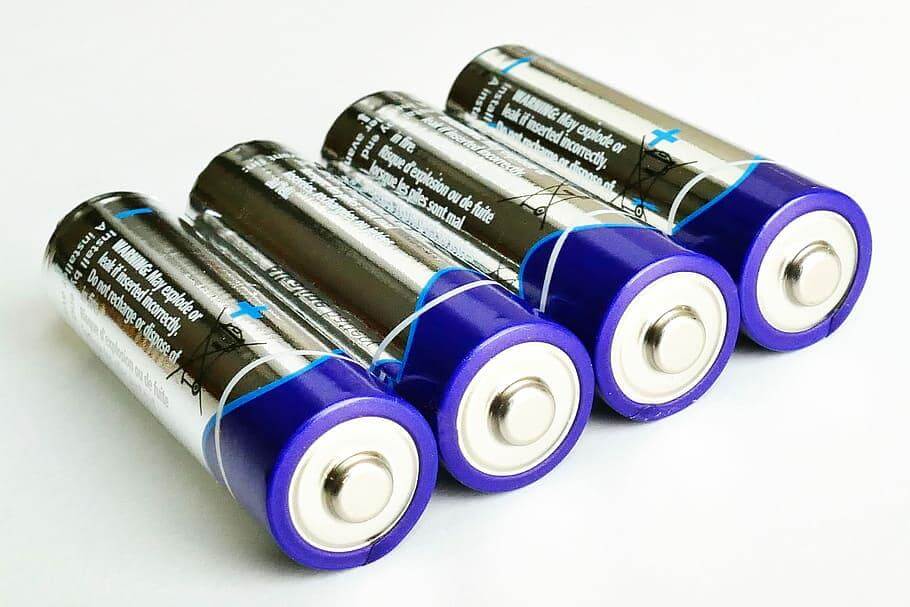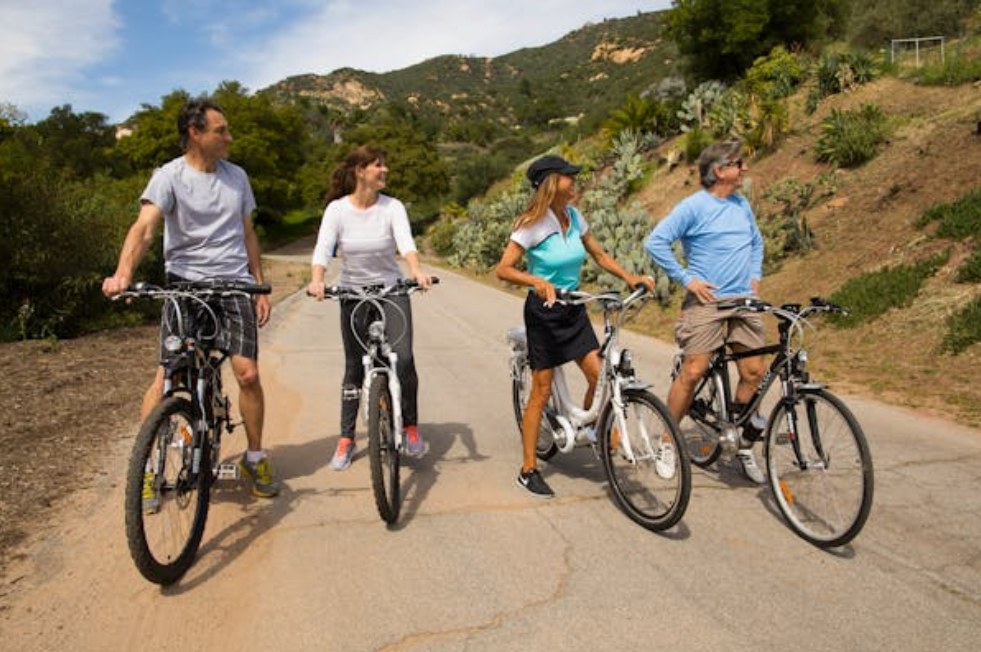Are you new to e-biking? Discover 5 essential electric bike tips for beginner safety and ride with a pro’s confidence.
Riding an e-bike for the first time can be exciting and a little intimidating. Every pro has their fair share of wobbles and lessons as beginners. As much as e-bike give you all the fun and freedom you deserve, they can also pose a risk when certain safety precautions are ignored.
In this beginner e-bike guide, we share some e-bike safety tips to keep you safe on your newly acquired road companion. Are you excited to hit the road with a safe riding technique? Read this first and unlock the world of endless adventure on two wheels.
Electric Bike Tips: Know Your E-bike To Gain Control
An e-bike is different from a regular bike. To successfully implement a safe riding technique, you need to gain basic control. This is why you need to understand how the e-bike safety component works together. Devoting a few hours to understanding this feature can boost your confidence on the bike and help you avoid accidents.
Basic safety components that you should know to gain total control of your e-bike are:
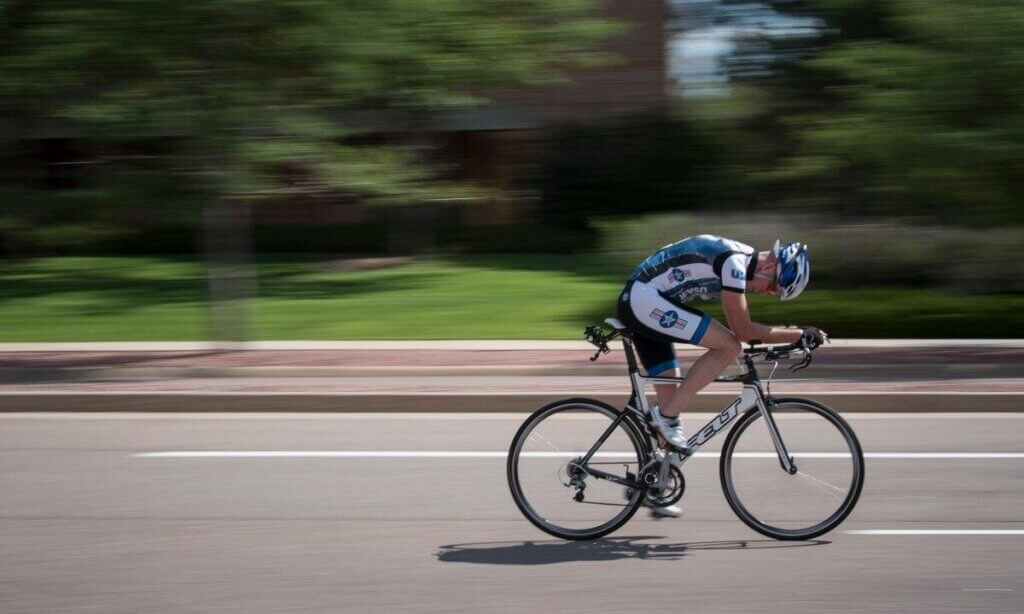
Braking system
Paying attention and mastering brake functions is how you grow confidence as a new rider. The electric bike brake operates differently compared to regular bikes.
There’s the right and left brake level. The left brake level controls the front wheel, while the right brake level manages the rear wheel for stability and control. Together, these 2 levers enforce balance and also allow you to make a safe stop.
Pedal assist vs throttle
As a beginner, understand the difference between a pedal assist and a throttle. Pedal assist only offers riders motor support after they put effort into pedalling.
Throttle, on the other hand, requires little to no effort from the rider before they access their e-bike motor support. With just a simple twist on the grip or a sharp press on the thumb lever, support is at your disposal.
Pedal assist is considered safer compared to throttle. Therefore, it’s a perfect option for new cyclists. Beginners should exercise extreme caution when using an e-bike with a throttle.
An unexpected turn-on of your electric bike motor feature can be disastrous. This is why you need to understand if your e-bike model uses a pedal assist or a throttle.

Adjust To Correct Riding Position
Discomfort is a common experience among new cyclists. This happens because new riders haven’t found the right riding position for their body.
Proper adjustments of the saddle height, handlebars, and pedal alignment help prevent strained back, neck pain and wrist pain. Once you can get the right riding posture, you will overcome any form of soreness.
Seating position is one of the most crucial factors to consider when learning how an e-bike works. Aside from comfort, your safety and smooth riding experience are also dependent on it.
Gear Up With The Non-Negotiable Safety Kit
If you buy nothing else, buy this :
Helmet
Why are helmets crucial for beginners? According to research, 70 % of riders involved in fatal bike accidents sustain a head injury.
As a beginner, learning balance can put you at risk of frequent falls. A helmet is a head protector that absorbs and disperses any impact energy from an accident.
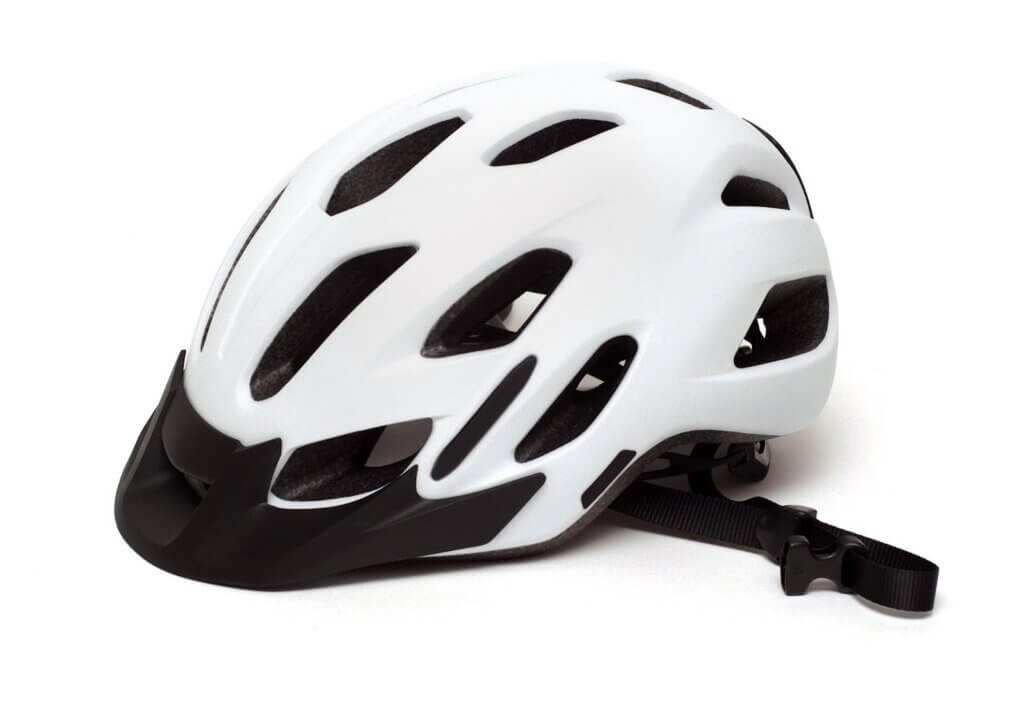
Gloves and Eye Protection
Gloves and eye protection offer safety and comfort. As gloves eliminate painful scrapes, reduce vibration and numbness, eye protection acts as a perfect shield against dust and tears.
Hand gloves put you in total control by offering you a better grip of your handlebars. Some UV eyeglasses protect you against sun flare. These two safety kits are essential for new cyclists because they eliminate distractions and prevent injuries.
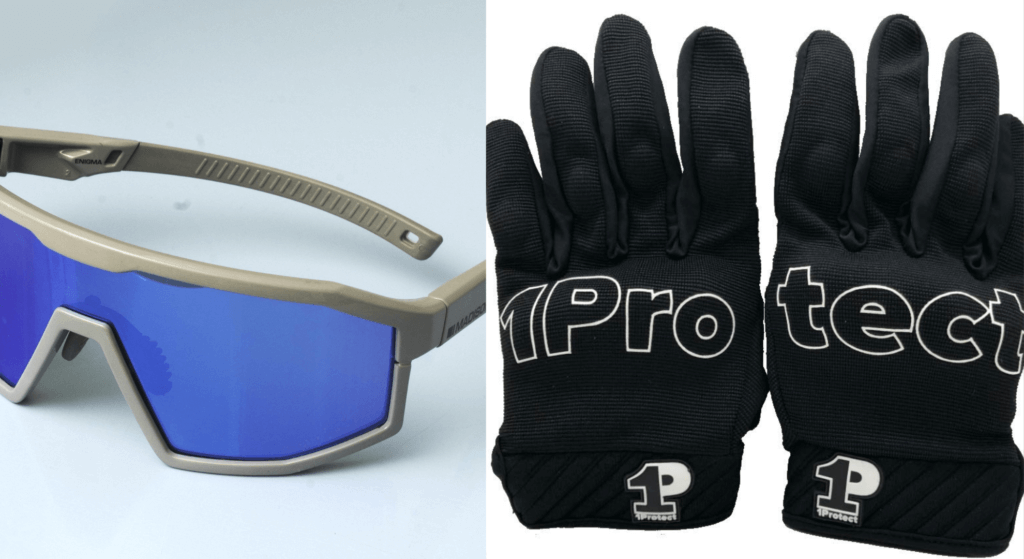
Visibility Kits
Get an add-on front and rear light to ensure brightness, especially at dark hours. Remember to get reflective clothes and add-on bands for your ankles and wrists.
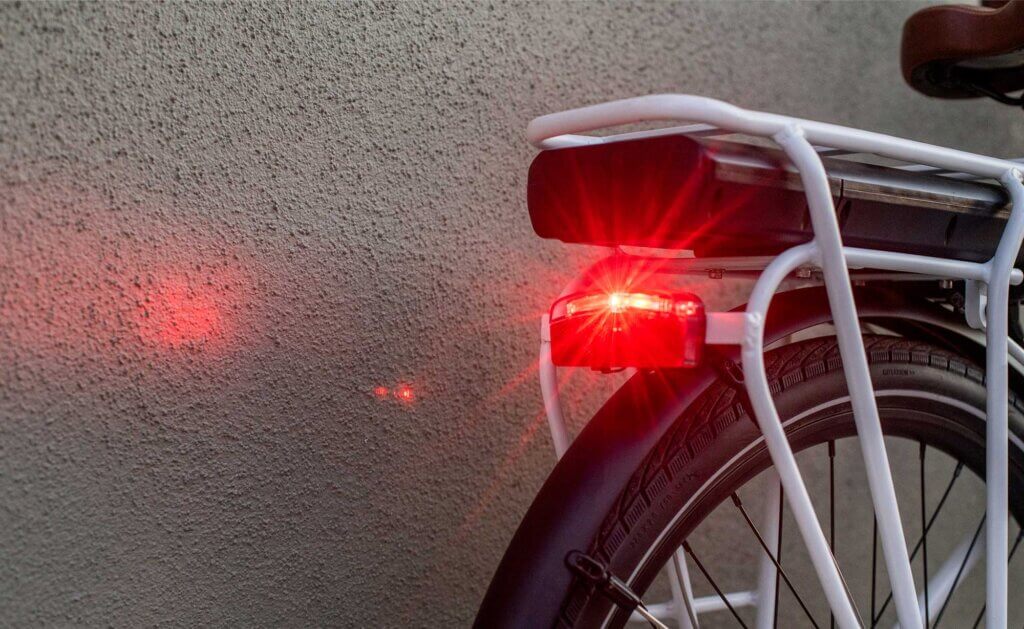
Other nice-to-have beginner’s kits include :
- Mirrors are a good option as they help reduce blind spots. You can keep it at the end of your handlebars or possibly on your helmet.
- Horns are important in traffic.
- The brake light is also a great add-on for city commuters.
Safety Riding Technique: Do Your ABC Check
Taking out 60 seconds of your time to check your air axle, brake bolts, chains, and control is not a wasted time. Proper maintenance should be daily, weekly, monthly and yearly, depending on usage.
E-bike safety riding technique is simply achieved with scheduled maintenance. Here are maintenance tips for beginners :
- Check your tire pressure and ensure that it’s at the recommended PSI.
- Ensure that your wheels are secured.
- Check the rotor wear and pad thickness.
- Squeeze both levers and ensure that they’re tight.
- Make sure the stem, seat post and handlebar bolt snugs.
- The chain must be clean and lubed.
Learn The Laws And Etiquette
Different countries have e-bike laws and regulations. Breaking these rules attracts a fine. Check out your country’s e-bike laws before you begin the journey to freedom.
Here are some common laws:
- Sidewalks are off-limits for faster e-bikes, e.g class 3 bikes.
- Bike lanes are freely accessible to Class 1 & 2 e-bikes, but Class 3 may be restricted depending on the country.
- Always check your e-bike speed capacity limiters, as this can also prevent unplanned insurance or warranty claims.
- E-bikes with higher speeds are banned from some trails.
Riding Etiquette For The Road
- Maintain a straight line ride and avoid swerving.
- Make sure to signal before changing lanes.
- Obey traffic laws
- Maintain a good speed.
- Bright outfit
- Maintain a distance when overtaking.
- Your top e-bike safety rule should be staying aware and avoiding heavy traffic.
What to Check After a Crash

In any crash, always remember that you are the number 1 priority. Check yourself, and then you can proceed to your e-bike to confirm there are no mechanical issues.
Check Yourself First
If you hit your head, check if there are no signs of concussion. Signs of concussion to check for are blurry vision, headaches and dizziness.
Check your body for cuts, scrapes or bruises from the fall. Test your range of motion by moving your legs, arms and shoulders. If you feel something is not right, seek medical help immediately.
Inspect your Helmet
Helmets are meant to protect you, but a fall on the head can lead to cracking of the head shield. If you notice any damage, buy a new one.
Check your E-bike safety components.
Starting from the frame and fork to the wheels and tires. Every safety component must be confirmed to be in good shape.
Check your drivetrain and battery as well. No stone should be left unturned. Do a slow test ride after confirming if there’s something you missed. If anything feels off, seek professional help.
FAQs
What e-bike class is best for beginners?
We highly recommend the Class 1 e-bike for beginners who want to gain smooth control without the throttle surprises. This class pedal assist is 25km/h. Class 1 e-bike is the most permitted by law in different countries.
How often do I check my e-bike brake?
Before every ride, do a quick lever squeeze to ensure that the brake is responsive. This will prevent brake failure while riding. For monthly maintenance, check the rotor or pad wear
check.
How do I charge an E-battery safely?
Always charge your e-bike in an inflammable environment using its certified charger. Do not overcharge or leave it overnight. Remove the charger when the battery is unusually hot or swollen.
Are e-bikes safe for seniors?
E-bike are a safe option for the elderly as they offer them low-impact exercise. What’s important is choosing the right fit. For the basic drill, seniors are expected to start slow while practising braking.

